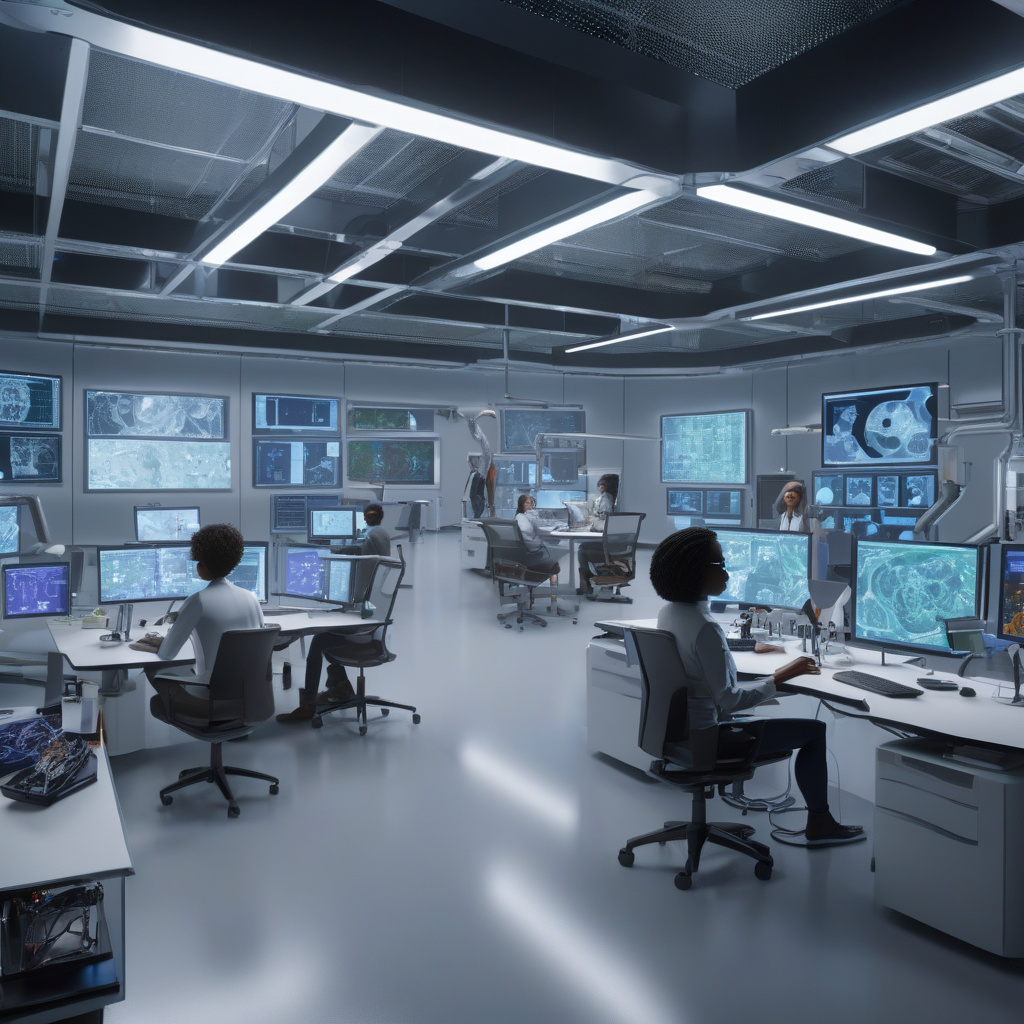Title: Microsoft Researchers Forge Ahead with New Video AI Agent Technology
Microsoft researchers are at the forefront of developing cutting-edge technologies aimed at enhancing the capabilities of video AI agents in navigating three-dimensional environments. This innovative technology framework, known as MindJourney, leverages a suite of AI technologies to comprehend and analyze 3D spaces, make informed decisions, and anticipate movements within simulated environments.
MindJourney integrates video-generation systems, vision language models (VLMs), and advanced reasoning techniques to predict patterns, movements, and surroundings. By encapsulating these technologies within “world models” that mimic real-world settings, the system enables AI agents to explore virtual spaces and anticipate various visual scenarios based on their movements.
One of the key components of MindJourney is the vision language models, which excel at analyzing 2D visual data but are now being extended to encompass the complexities of 3D environments. By combining real-world imagery with synthesized scenes, these models can provide richer perspectives on spatial relationships and dynamic changes over time, enhancing the agents’ operational efficiency in dynamic settings.
The implications of MindJourney’s advancements extend beyond theoretical applications, with potential real-world benefits in fields such as assistive robotics, remote inspection, and immersive virtual and augmented reality experiences. However, as with any disruptive technology, there are also considerations regarding the impact of enhanced spatial reasoning on existing systems and employment dynamics.
While early AI research predominantly focused on static image recognition, the evolution towards video AI represents a significant leap in the field. Industry leaders like Nvidia have been actively driving this transition, emphasizing the importance of robust vision capabilities for AI-powered systems. Nvidia’s recent introduction of Jetson Thor, a specialized computing platform for robots capable of running VLMs locally, underscores the growing momentum in video AI development.
As the boundaries between text, images, and video continue to blur, the convergence of these modalities presents new challenges and opportunities for AI research. While current large-language models exhibit versatility across different data types, there remains a need for further advancements in visual AI to fully realize the potential of AI agents in dynamic, real-world scenarios.
In conclusion, Microsoft’s pioneering work on MindJourney exemplifies a significant stride towards enhancing the spatial intelligence of video AI agents. By integrating diverse AI technologies and fostering innovation in 3D spatial reasoning, researchers are paving the way for a new era of immersive and adaptive AI systems with profound implications for various industries and societal dynamics.

